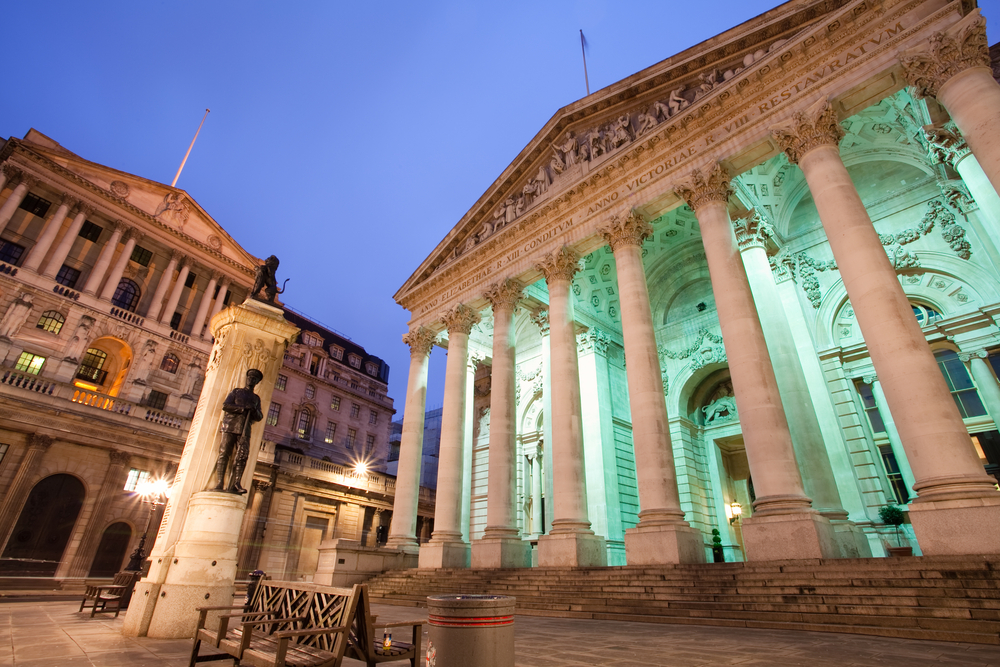
UK house prices lifted 0.4% to £298,237 on average in July, which is the highest monthly rise this year, according to the latest Halifax house price index.
The increase means that the average home was 2.4% more expensive last month than it was a year ago, but this is lower than the 2.7% annual growth rate in June.
Northern Ireland continues to be the strongest performing nation or region in the UK, seeing house prices jump by 9.3% over the past year. The typical home now costs £214,832 in the region.
Scotland saw home prices lift by 4.7% last month, with average prices now at £215,238.
Property prices in Wales saw a rise of 2.7%, to an average of £227,928.
Among English regions, the North West and Yorkshire & the Humber have the highest rate of property price inflation, up 4.0% over the last year to £242,293 and £215,532, respectively.
The South West, London and the South East continue to see “moderate growth”, the survey says, with prices edging up by 0.2% and 0.5%, respectively.
London remains the most expensive part of the UK to buy a home, now averaging £539,914.
Halifax head of mortgages Amanda Bryden says: “While the national average remains close to a record high, it’s worth remembering that prices vary widely across the country depending on a number of factors, not least location and property type.
“With mortgage rates continuing to ease and wages still rising, the picture on affordability is gradually improving.”
But Bryden adds: “We expect house prices to follow a steady path of modest gains through the rest of the year.”
“The second half of this year will also see a notable rise in homeowners coming to the end of fixed-rate deals taken out during the pandemic-era property boom; a period marked by ultra-low interest rates and soaring house prices.”
The index comes hours ahead of the Bank of England’s Monetary Policy Committee meeting at noon, which is widely expected to cut the base rate by a quarter point to 4% from 4.25%.
OnTheMarket president Jason Tebb says: “The housing market continues to demonstrate remarkable resilience, shaking off external economic concerns amid evidence of plenty of activity.
“Recent base rate cuts have been fundamental in boosting confidence and activity.
“Further rate reductions from the Bank of England will provide much-needed stimulus for the market and boost buyer and seller confidence as we head towards autumn. Further relaxing of criteria by lenders will also help with this.”
EY ITEM Club chief economic advisor Matt Swannell points out: “The housing market is pulling out of the weak patch that followed immediately after April’s change in stamp duty thresholds.
“With some buyers rushing through transactions to beat the deadline at the end of March, housing transactions had fallen sharply in April. But since then, activity has been picking back up with signs that momentum will continue to build.
Swannell adds: “By June, mortgage approvals were back to around pre-pandemic levels, with interest rates on new mortgages lower than in the first quarter of the year, reflecting the growing expectation from the financial markets for further interest rate cuts.”
SPF Private Clients chief executive Mark Harris says: “Another cut in interest rates this month, as expected by the markets, should further boost confidence and activity in the housing market.
“While inflation remains higher than the Bank of England’s target, wage inflation is slowing and unemployment is rising.
Harris adds: “However, despite wider economic uncertainties, the picture for potential home buyers remains broadly stable.
“Mortgage rates continue to edge downwards, but it’s not just pricing that is improving with lenders also broadening policy, including increasing loan-to-income caps and lowering some income requirements, which is boosting affordability.”



